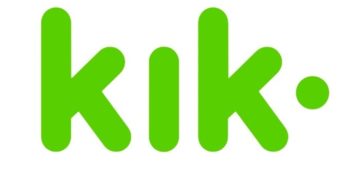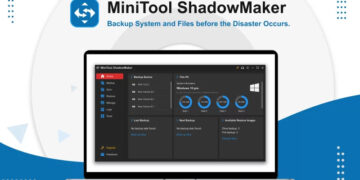Irrespective of the type of savings product you want, examining how it interacts with inflation is arguably the most critical factor. Most savings products, especially savings bonds, last for decades. If there’s a period of high inflation, as we have seen in the previous 18 months, then you don’t want your asset to plummet in absolute value.
Fortunately, some savings products offer terms that consider inflation and encourage you to invest, even if inflation isn’t steady and the economic sentiment is turbulent.
Today, we will look at how savings bonds interact with inflation and how you can ensure you get the most out of your product.

What is inflation?
Inflation measures the price of goods and services over a specific period, usually 12 months. Although there are different ways to measure inflation, the most common method is to group the price of essential services like food, gas, and water, and calculate their moving average.
Anywhere between 2-4% is usually considered an optimum range for inflation. However, it has been much higher than this over the last year, especially in the West. Nevertheless, when kept in the range, this signals good underlying symptoms of a stable economy and a pathway to growth.
What are savings bonds?
Although you can be offered multiple savings accounts at a bank, only two savings bonds exist, both of which are backed by the government. A bond is when you lend money to the central government and they pay it back at an accrued rate over time.
It is a tried and tested method of a safe and reliable investment, and it has been the choice of savings product for millions of Americans for nearly a century.
First introduced in 1935, savings bonds were an idea presented by President Roosevelt, who wanted to provide American citizens with stability after the Great Depression and World War II and wanted to offer a foundation they could build on for their families and future generations. Recently, Ukraine has adopted the idea of war bonds to help fund its war efforts.
Currently, two different types of savings bonds can be directly purchased through the Treasury website in the United States. One is called a Series EE bond and the other is a Series I bond.
There are slight differences between the two. EE bonds offer a fixed rate, so this is the lesser of the two products you would want to purchase in times of high inflation.
Series I bond
The second type is a Series I bond. As far as savings bonds go, this is the product to look for if you want to try and hedge your investment against inflation. This product is designed to counteract any inflationary pressures or depreciation resulting from high inflation.
Although inflation in the US has slowed over the last few months, it is still higher than the optimum range of 2-4%. Therefore, having a product that helps insulate your savings in times of economic uncertainty is paramount.
Bonds are designed to provide a low-risk return over a long period. The lifespan of the two current savings bonds is 30 years and there can be penalties for withdrawing early. Therefore, check each bond’s terms before deciding which product is best for you. If you want to invest a lot of money, you must discuss this with somebody qualified to provide this advice – a professional who can help you.

Inflationary pressures
Ultimately, if you want to take out an investment that helps mitigate any potential loss to inflation, then a Series I bond is the best choice. However, nobody knows what the future has in store and plenty of opportunities in other asset classes can pay higher returns.
However, it is all about striking a balance between your risk appetite and your end goal. For example, suppose you are happy to earn a smaller, incremental amount over a more extended period. In that case, savings bonds may be a better avenue than riskier investments in stocks or cryptocurrency.
Your capital is always at risk in these asset classes, especially in cryptocurrency, where prices can move within a highly volatile range of 70-80% over a few weeks. If you don’t have the stomach to deal with such ferocious movement, then a savings bond is a more reliable choice.
As it is government-backed, you can rest easy knowing there’s a very low likelihood of a default or losing a considerable amount of money.
Conclusion
If you want to take out any investment or savings product, consider whether it is protected against inflation. Ultimately, you don’t want your hard earned money to slowly lose value, despite the fact you are putting it in a specialist product designed to return a profit.
A financial advisor can help you in this respect, as they will weigh up all possible future risks and advise you accordingly and as best they possibly can.













































